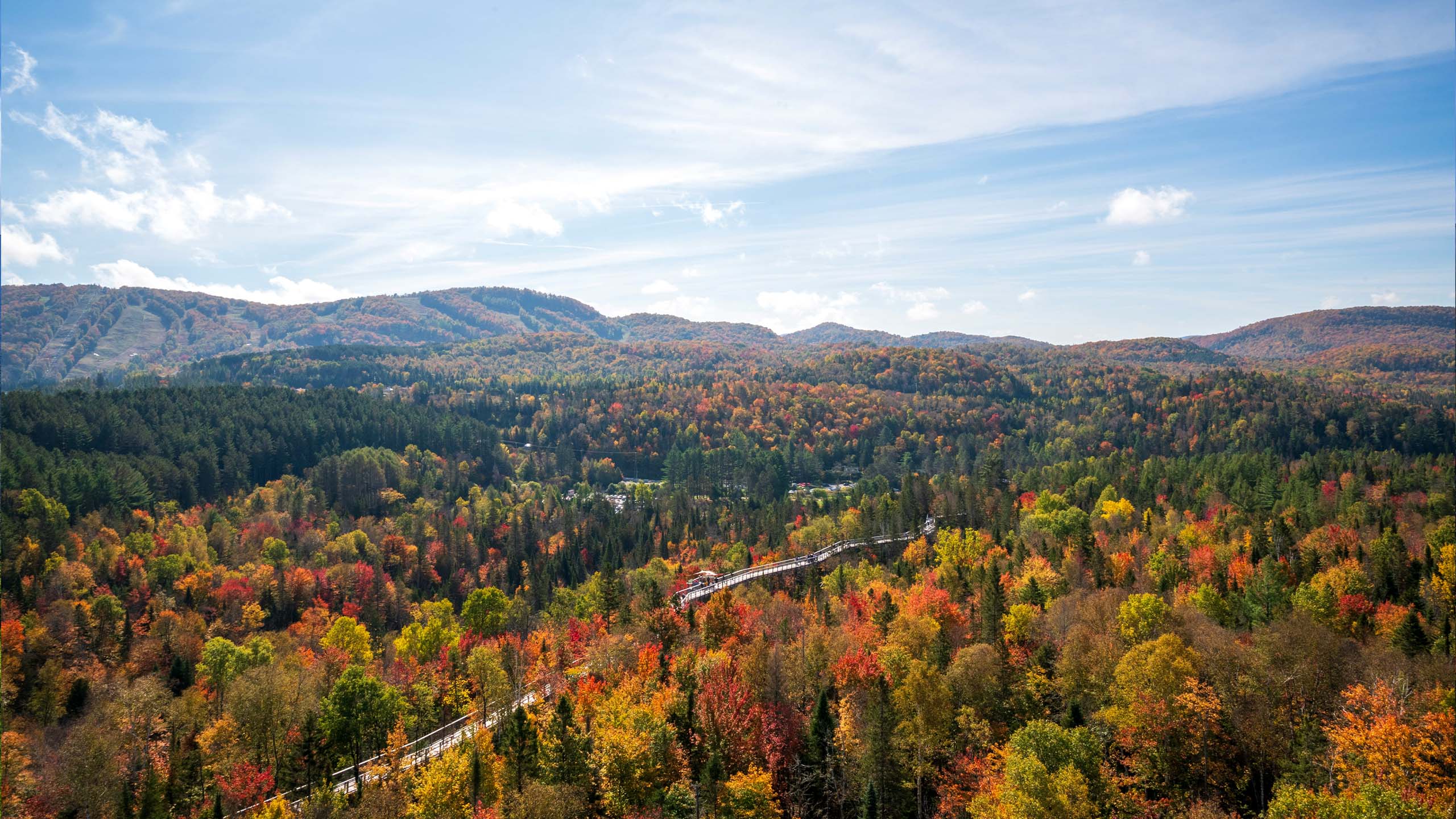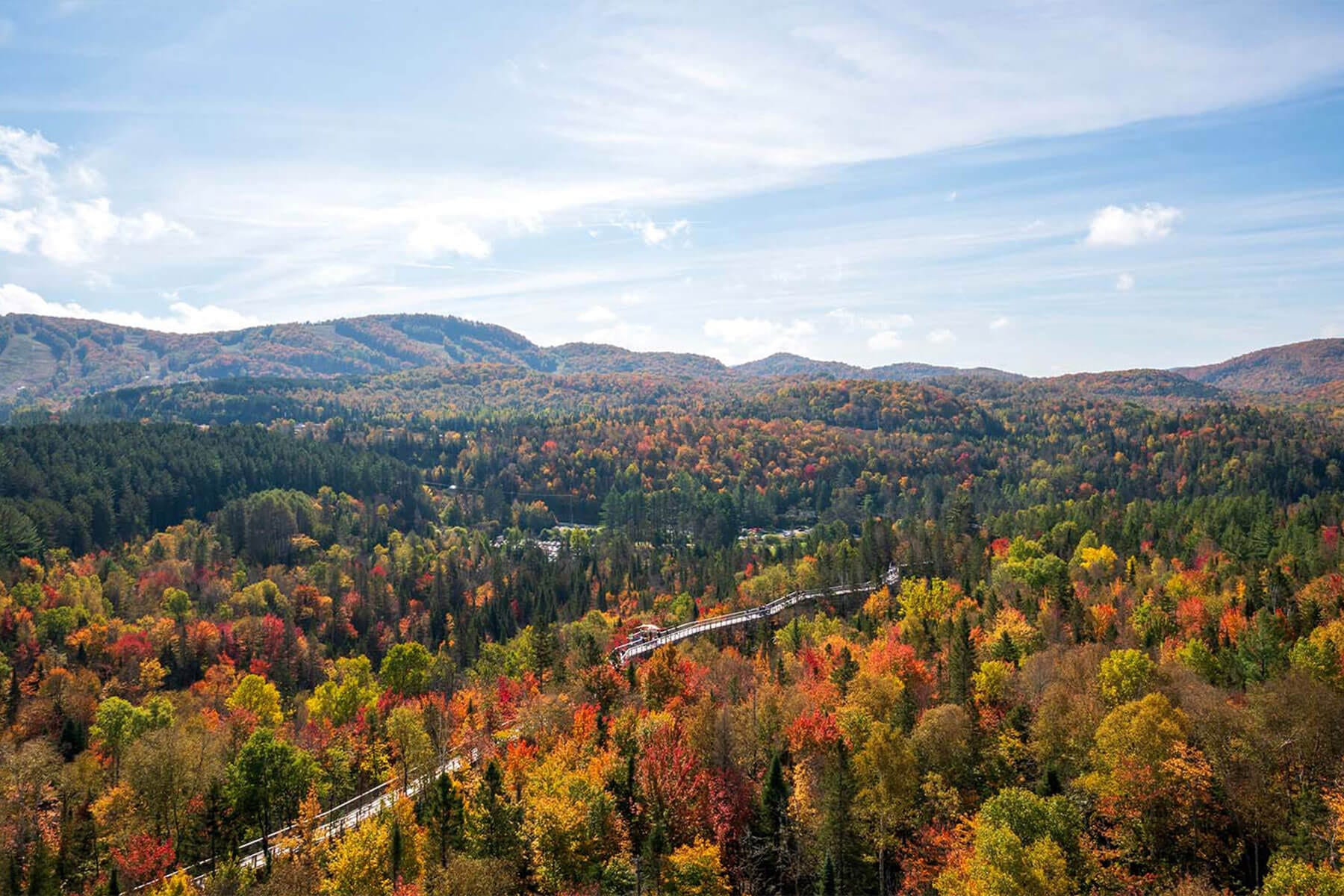Reforestation In
Québec
One of North America's oldest settlements, the eastern province of Quebec constitutes nearly 1/6th of Canada's land area. Although this province occupies a territory that is nearly 3X the size of Texas or France, most of its land is sparsely populated. 95% of Quebec’s land lies within the Canadian Shield, a rocky but flat landscape characterized by plains and plateaus. With mountainous terrain in the far north, Quebec is a land of resounding natural beauty.
Today, Quebec faces a multitude of threats from the progression of climate change. There are significant threats to habitats and biodiversity, particularly in the northern region. Logging has become increasingly prevalent, destroying forest cover in Quebec’s boreal forests and putting caribou populations at risk. Reforestation in Quebec focuses on restoring native habitats and ecosystems, while mitigating the effects of climate change.

Québec Stats
75%
Boreal forests
The boreal zone covers ⅔ of Quebec, representing about 75% of the province’s forests.
The Boreal Biome of Quebec, Université du Québec à Montréal
50%
Forest Cover
Quebec’s forests cover nearly 50% of the province.
Forests, Ministère des Ressources naturelles et des Forêts
537,600
acres
The largest lake in Quebec measures 537,600 acres.
Quebec, Exploring Nature Education Resources
7
Ecozones
Scientists have broken Quebec down into 7 different ecozones.
Quebec, Exploring Nature Education Resources
3%
of global fresh water
Quebec’s numerous lakes, rivers and streams represent 3% of the world’s fresh water reserve.
The Boreal Biome of Quebec, Université du Québec à Montréal
Project Highlights
Reforestation enhances forest cover, protects natural habitats like Quebec's vast boreal forests, and combats climate change. Learn about three recent reforestation projects that planted trees in Quebec.

Citadelle Maple Syrup Reforestation
This project is working to increase the sugar maple population in southern Quebec. It will work with shareowners of a maple syrup cooperative to plant a mix of sugar maples, yellow birch, and hybrid poplar. It will also retore important biodiversity habitat, improve area hydrology, and absorb carbon.
Restauration de la rivière Marguerite
The goal of this project is to restore and protect the river banks of the Marguerite River and its tributaries. The revegetation process will bring numerous benefits to the local environment, including improved water quality and enhanced wildlife habitat. By planting trees, the project will foster community awareness about the importance of river restoration and protection.


Reforestation of Abandoned Agricultural Lands
This project involves planting 2,000 plants per hectare within former agricultural areas in the municipality of Rouyn-Noranda. These areas were cleared for agricultural use, but were never used. Reforestation will foster ecosystem recovery, with the goal of improving wildlife habitat for a variety of species, such as hare, moose, marten, and deer.


